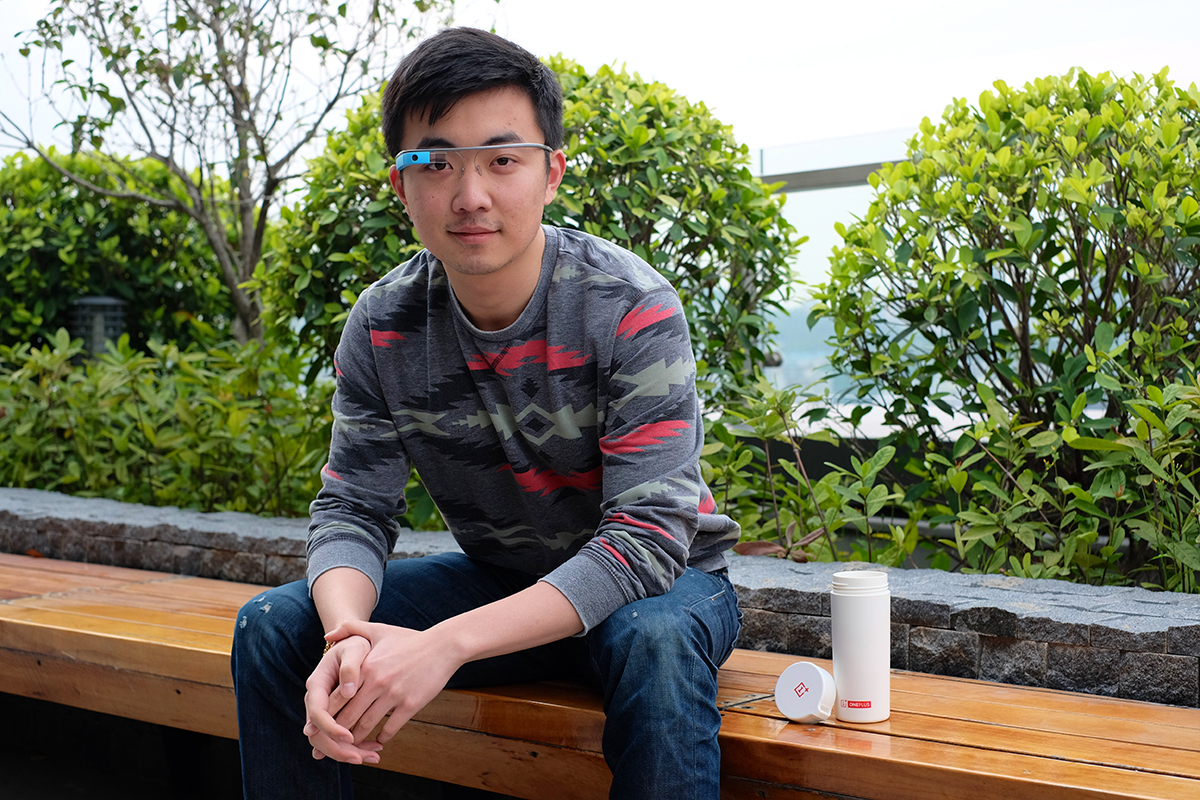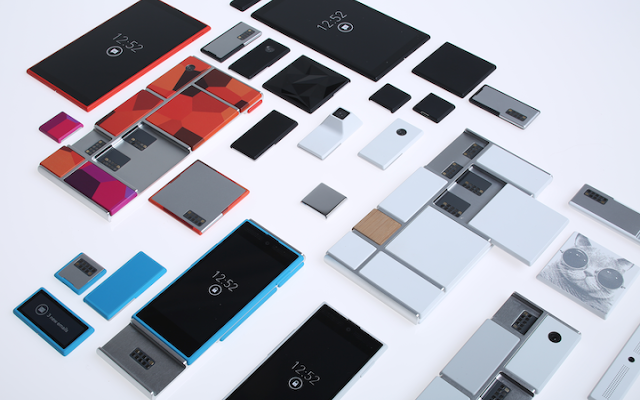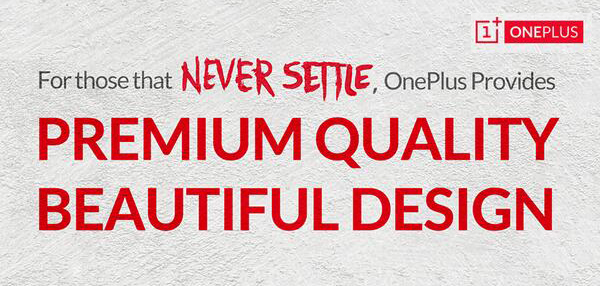OnePlus Talks Smartphone Innovation, Design, Accessories
OnePlus talks MWC, Project Ara and Accessories. Part 2 of our Interview with Carl Pei
Yesterday we brought you part one of our exclusive talk with Director of OnePlus Global, Carl Pei, and now we bring you part two.
State of the mobile phone industry
Tom’s Hardware: Without going into too long of a discussion, what do you think is one of the biggest problems with the smartphone industry at the current time? Is it lack of innovation, or lower-quality products?
Carl Pei: There are so many compromises in today’s smartphones, and in the end it is the user that suffers. When companies spend enormous amounts on marketing, they invest less in the product. With the internet, the world has become much more transparent, and users are much smarter now – they can go online and find out everything they want to know about a product, and it’s easier for new companies like us, whose focus is on making a really good product, to get great word of mouth, when compared to some of the other bigger vendors.
TH: Was there anything at MWC that you thought was exciting?
CP: I only paid attention to the smartphone news at MWC, and I was quite disappointed.
TH: One thing I did like is Sony’s push to making all its devices waterproof. Are you guys looking at doing anything like that with the OnePlus One?
CP: We’ve thought about adding water-resistance, but our conclusion was that it’s not a real user need. During my many years of using a smartphone, I’ve never once needed to have water-resistance. If you add waterproofing, this leads to compromises, and they ones involved in adding this technology are currently not worth it for us. It goes against our values of trying to maximize the user value.
Get Tom's Hardware's best news and in-depth reviews, straight to your inbox.
TH: I did want to ask if you have any thoughts on Google’s Project Ara, the modular phone, which I do think is a very innovative product. Do you think that the concept of a modular device is something that could be successful?
CP: Yes, maybe in a few years, but today I think we are still quite far from that, because now days our engineers have to spend a lot of time and effort just to go down 1mm in device thickness. Designs today are very compact because users want pocketable phone with quality hardware and lots of features, so if talk about where we are at with today’s technology, modular phones will have to be very big and bulky, because they have to take into account all the modular pieces. So I think currently that wouldn’t be a very good experience for the user. Maybe in the future, when we can get mobile hardware to be even smaller and even more compact, it might be more feasible.
Design and accessory discussion
TH: I wanted to ask about design - even non-Apple users will have to admit that they seem to be the industry baseline as far as material used, design and build-quality. One of the key components of the iPhone is its metal construction, which is also what HTC used for the One. Many phone enthusiasts seem to think that metal phones are the best. However, the inverse to that is that there are also a number of high-quality plastic phones available too, such as Nokia’s Lumia series. What are your thoughts about the kind materials you would use for the perfect phone, and what is the OnePlus One going to use?
CP: It’s true that some companies use metal and have produced great devices. Different materials have their pros and cons – when we are talking about plastic, it can be really cheap plastic, like Samsung uses, or really good plastic like Oppo uses. No matter which choice we are going with materials wise for the OnePlus One, we are confident that it will feel really really good in the hands of our users. We are so confident, in fact, that we are going to invite some of our fans to come to China, including one lucky fan whom we’ll fly in to Hong Kong [which will be decided by a contest], to feel the back of the phone and tell the world about it.
TH: Some devices offer a level of personalization, where you can change the back to change the phone's color. Is OnePlus going to offer any level of personalization with the OnePlus One, where you can change the look and feel of the phone, and if not are you at least going to offer it in a variety of colors?
CP: We think it’s a pity when companies work hard on making the phone as compact and attractive as possible, and then when users get the phone, they buy a big bulky plastic case that covers the phone. We will have different accessories in this regards, and we tried to go back to the basic user need of why they need to cover their phone, and we think we have a really cool solution that addresses this need, which will be a surprise announcement soon that I can’t comment more on.
TH: Speaking of accessories, I think that very often the success or failure of a smartphone can be partially attributed to the number of accessory manufacturers you can get to work with you. For example, last year I owned an HTC One, and while I loved the design of the phone, I still wanted to get a case that was just as stylish and well-made as the phone itself, and I couldn’t find any decent accessories for the One. When OnePlus launches the One, will have any third-parties working with you to bring out a variety of accessories for it?
CP: Because we are a new start-up we won’t initially have any third-party accessory makers working with us, but we have planned a range of accessories that will be released under our own brand.
End of part two.
You can go back and read part one here.
Stay tuned for part three, to be posted soon.
Follow Alex Davies @AlexBDavies. Follow us @tomshardware, on Facebook and on Google+.
-
Christopher Shaffer I did a report on flexible and printed electronics while in school for my EE. One paper I referenced was from a talk held at Yale in 2012 where there was a very strong argument made for the need for both printed electronics and modular devices, where printed electronics would enable the user to replace the circuit as new advances came along rather than replacing the entire phone.Reply
The goal was to reduce electronic waste (e-waste) and lengthen the life of the components that didn't need to be upgraded to match current trends and tech (like WiFi).
Considering that circuits can easily be printed using a modified inkjet printer and conductive metal-doped ink, and the direction Google is taking, this idea may not be too far off.
Printed electronics combined with 3D printers will eventually lead to full components with embedded circuits being printed at the consumer's home, full color customization and all.
It's really less than a decade off, even though it sounds like idealist science fiction. -
Blessedman Love the idea of a modular phone design to have components replaced as needed by the end user (open architecture) it revolutionized the PC industry (minus apple and at a point IBM). It would revolutionize the industry and could open the market up to a lot more players killing the duopoly is currently shaping up (Apple vs Samsung). It would also force Apple to rethink their own strategy as though they would try again to keep their system closed and again lose a very large market share. They have less fragmentation but the innovators will become imitators (MMJ). I agree also that this tech is only a few years out (the third party peripheral business will pour millions into this). The idea is scary good.Reply
Want a better screen, no problem, $100 and plug it in (probably get less with more competition), faster processor (or more efficient)? no problem, $100 and plug it in. Camera, battery, wifi/radio, memory, case, speaker/mic.
Now if Apple is smart. they will ready their iOS with minimum specs and start migrating it to work with Android hardware or loose another market they started (they are notorious for it and when this initiative starts, I would dump all Apple stock). Microsoft I am sure has already started down this road (as an industry they started and has dominated ).
The race is on! Main problem with current generation phones is the amount of bloat they contain...



